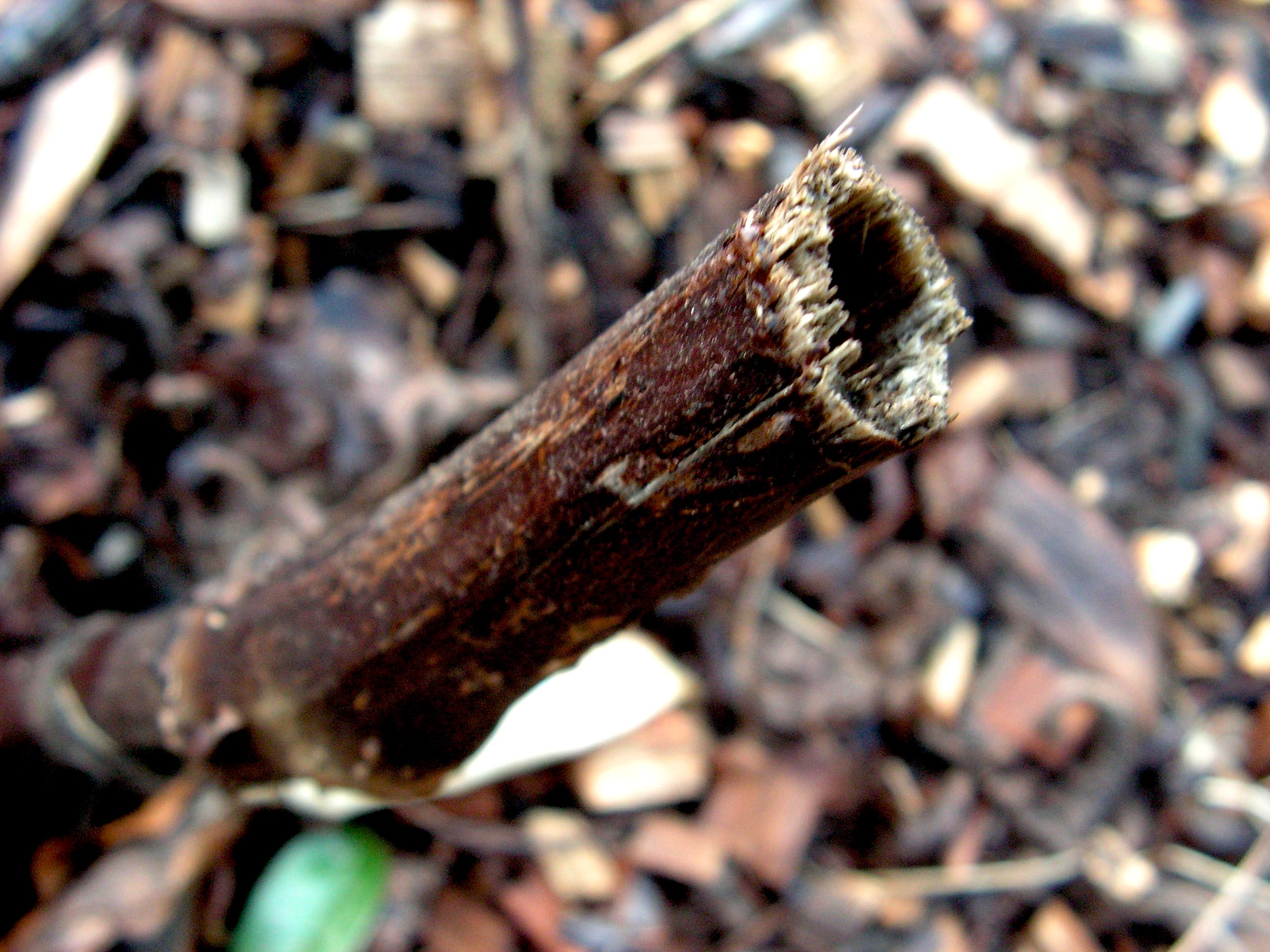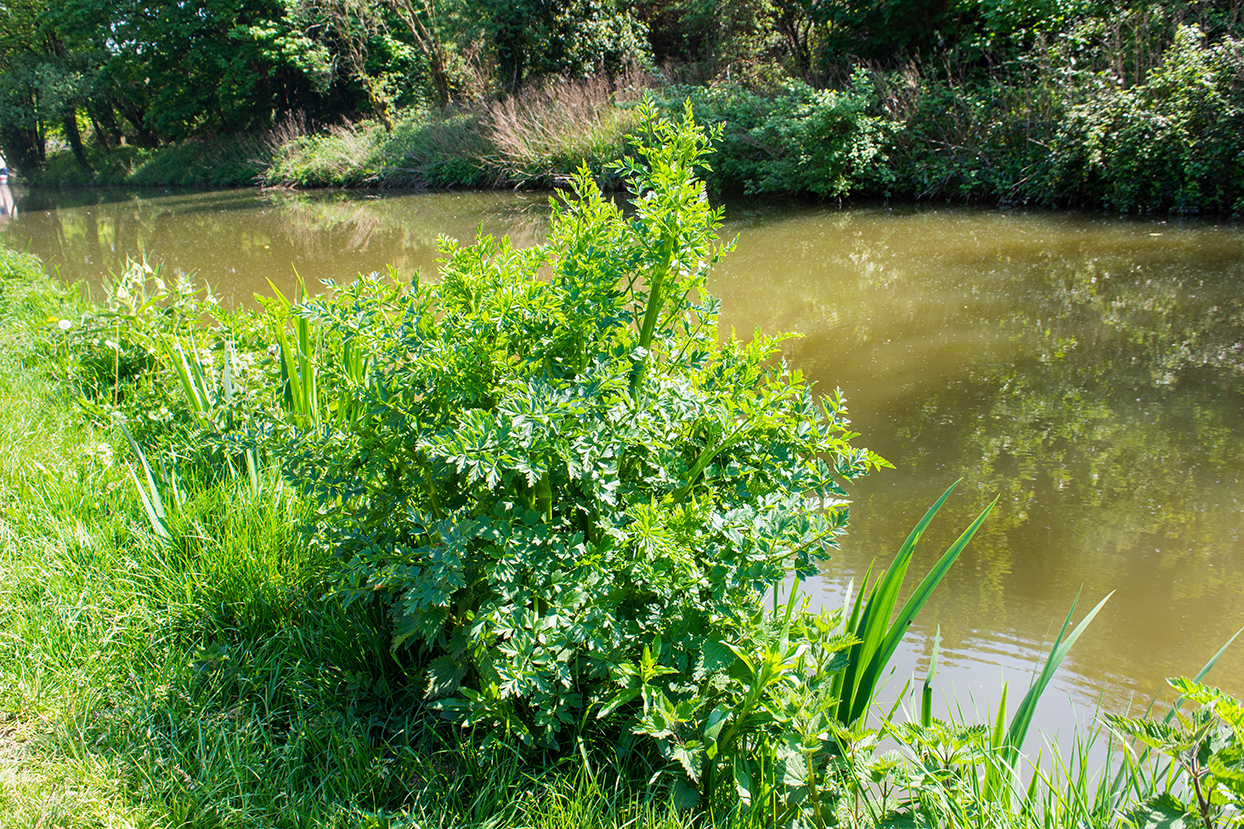Why is a professional site survey so important in the protection of business, people and the environment?
A survey is often a pre-planning requisite for potential land purchasers, so the big decision of whether to go ahead and buy the land or property hangs on the survey! A lot of industries also use site surveys or ecological surveys when scoping a project or working on a contract that involves disturbance of land or water. The survey aims to identify certain species that may be invasive or cause harm to the ecosystem, as well as looking for signs of endangered species and harmful contaminants such as asbestos.
Should you DIY?
We work with several industries, construction companies and developers who may carry out their own surveys but come to us to confirm the presence of such issues. If positively identified, certain invasive species such as Japanese knotweed will mean the site has to stop all works immediately. No business wants this, but the quicker the site can be surveyed to establish the extent of infestation the quicker we can get it back on track.
The problem with identification
Japanese knotweed is a species with many impersonators, only a highly skilled and trained eye can spot the difference between a lookalike and the real thing. There’s Dwarf knotweed, Pink knotweed and many other varieties of knotweed, not all of which will cause the same issues as Japanese knotweed. Then there’s the seasonal changes in its appearance. In winter it looks like a dead stick – very difficult to identify among a thicket of winter shrubs. In spring it can look like asparagus tips. In summer the stalks turn a mottled pinkish red and white flowers appear (as above). We offer a free online identification service where you can upload your pictures and we’ll get back to you with our findings very quickly. Get the answers you need and can trust.


Japanese knotweed emerging in the Spring
Is it safe?
A site survey carried out by a qualified expert is recommended to avoid misidentifying or just ‘miss’ spotting important species such as the highly toxic Hemlock water dropwort (below) for instance (possibly the UK’s most toxic weed). We have heard of several serious injuries caused by contact with toxic weeds purely because of lack of information provided by the company! A surveyor qualified in these specialist areas of expertise should confirm evidence of an infestation (or not) via a full report of the survey findings – vital in order to recommend the right control option and provide an accurate quote for the treatment plan or remedial works.



